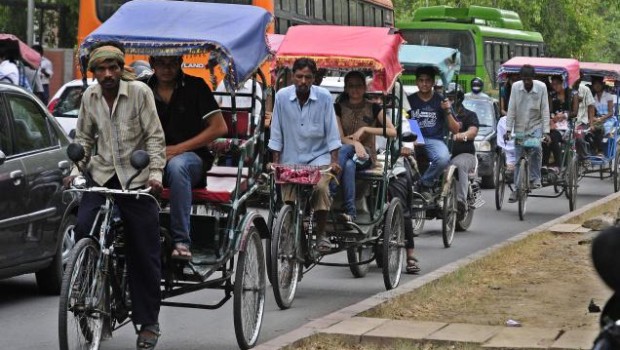Indraprastha College for Women is the oldest women’s college of the University of Delhi and was founded in 1924 as a part of the nation-wide campaign for women’s education and empowerment, at the call of Annie Besant. The college premises saw a number of shifts from Old Delhi to Chandrawali Bhawan to the present Alipore House site which was the then office of the Commander-in-Chief. Having witnessed the British style parties and balls, the College is a heritage site and thus, proudly retains its architecture from the good old days.
The college is situated in the posh area of Civil Lines with an excellent metro connectivity from the college walls. Yes, the college has its own Metro Gate! The only neighbouring site to the college though is the National Centre for Vector-Borne Disease Control. But, IPites are undeterred. The college campus is sufficient enough to kill time in, it is that huge!
Free periods are mostly spent in the college’s very own Majnu ka Tilla, or the circular canteen, the library, bleachers, back lawns, gymnasium, tut-rooms, front lawns, pavilions or even empty classrooms. In winters especially, one can find girls sunbathing in the college field or soaking the sunlight in the back lawns.
While most girls like to remain in the campus, there is Moet’s-the Chinese restaurant and Mocha’s for the affluent who prefer to drop there in groups. Sant Parmanand Hospital across the college has Bikano, which is very affordable for anyone. The Momo’s Point and the Roll Point near the Metro Station are also frequently visited sites, along with the Wai-Wai noodles in the Metro station premises. You will often find girls sitting behind a narrow lane of the station, eating and smoking, or at the station steps chatting and laughing. But, the college’s favourite eatery remains the Bun-Tikki Wala aka Banta Wala, just outside the college gate. Anytime after he opens his shop, one can find around 25 girls standing and ordering his range of delicacies, rushing in and out of college between classes for the quick snack.
Is that all to a life of an IPite? No. A 40 rupee ride to Kamla Nagar and GTB Nagar is all it takes if one wishes. Shopping, partying or simply singing loudly from their cars on the Ridge is what Ipites generally enjoy doing. Technically not in Campus, but very much a part of it!
The college canteen is often flooded with students, who have a variety to offer from the menu, at affordable prices. Chhole Bhature, Dosa, Chilli Potato, Cold Coffee, Sev Puri, Juices and a lot more is never kept out of service. A huge demand is always catered by a large supply.
The college is a photographer’s heaven! With peacocks and parrots around 365 days of the year, the college’s green campus with sprawling environment all around is natural photographic scenery. IPCW boasts of a beautiful front garden with a breathtaking variety of roses and other flowers and a scenically placed fountain. Another photographic place is the graffiti wall in the college.
The college has a wide range of societies to offer. Abhivyakti, the well-reknowned DramSoc in the DU Circuit and Afroza, the much-praised Western Dance Society, amongst several others, are the proud achievers of many competitions and events, bringing much praise to the college. The college has individual achievers too, from mountaineers to academic achievers, to national-level sportswomen.
Shruti, the annual college-fest is a favourite amongst the DUites. With Singers like Kailaash Kher and Euphoria having performed here in the past, the wide range of activities keeps everyone on their toes, in a fun way. The college-hostels are proud hosts of their independent Proms/ Guest Nights, held in February, which sees a lot of enthusiasm and dancing all evening.
As a part and parcel of an IPites’ life, every student is imbibed with the values of ‘keeping the college clean and tidy’ and ‘helping the needy’. An IPite is fashionable, fun, studious, helping, aware, success-oriented, opportunistic, crazy and hungry-for-food. But, the best part is that the life of a girl of IP College is guy-free. When in IPCW, you won’t miss guys for long, you will have girlfriends and they will be your best mates for life!

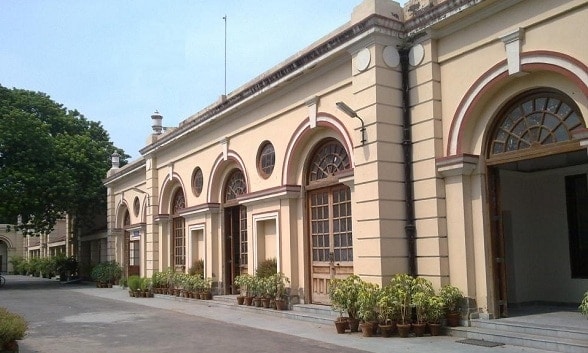

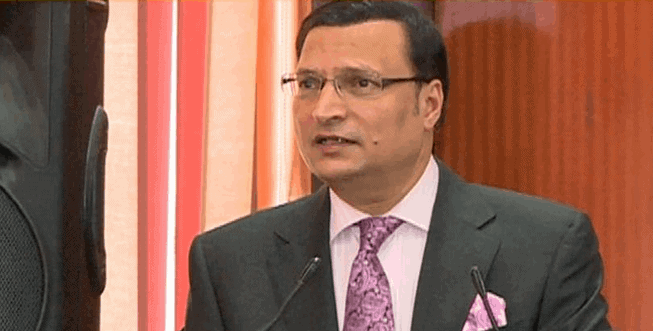



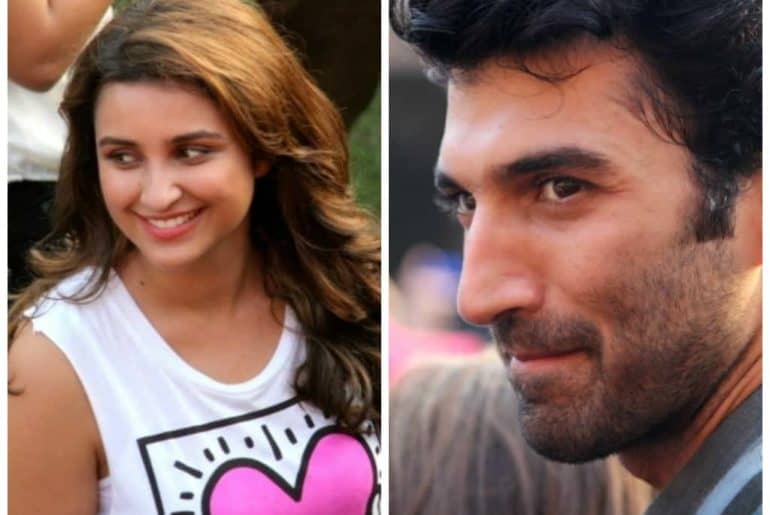

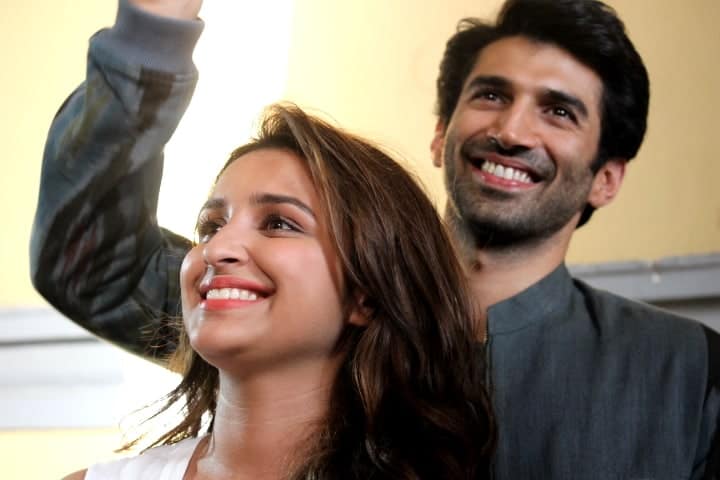
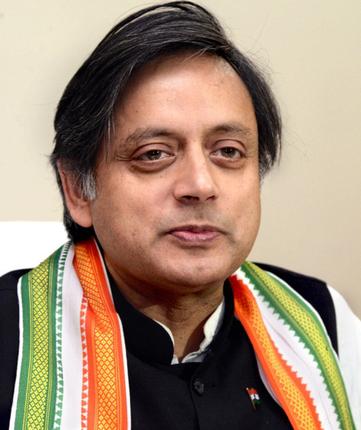
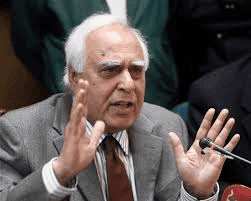
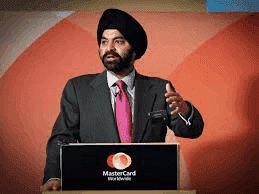


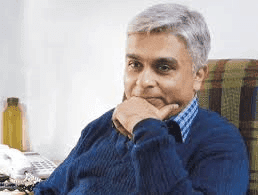

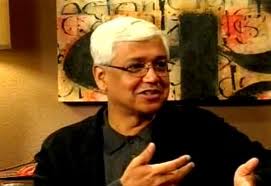

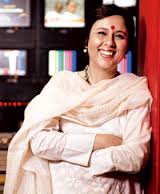

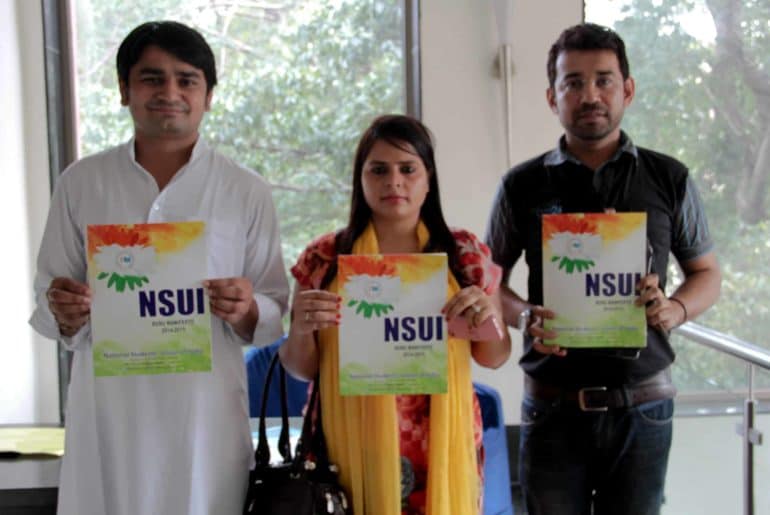

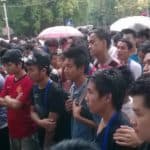

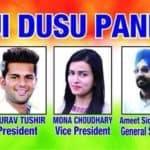
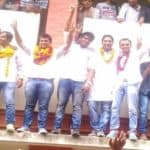

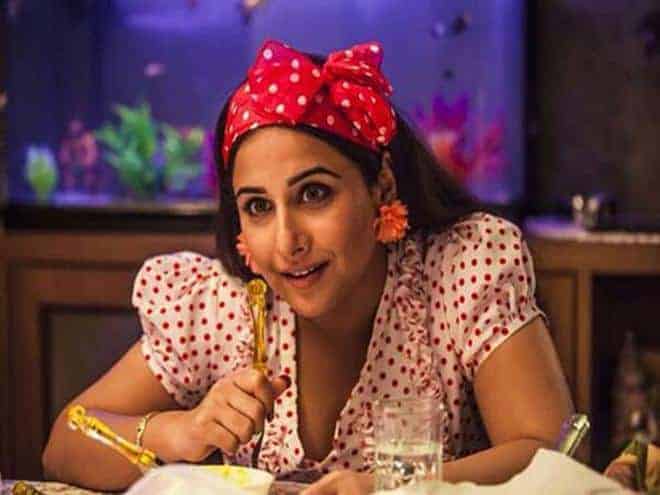

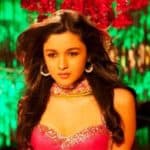

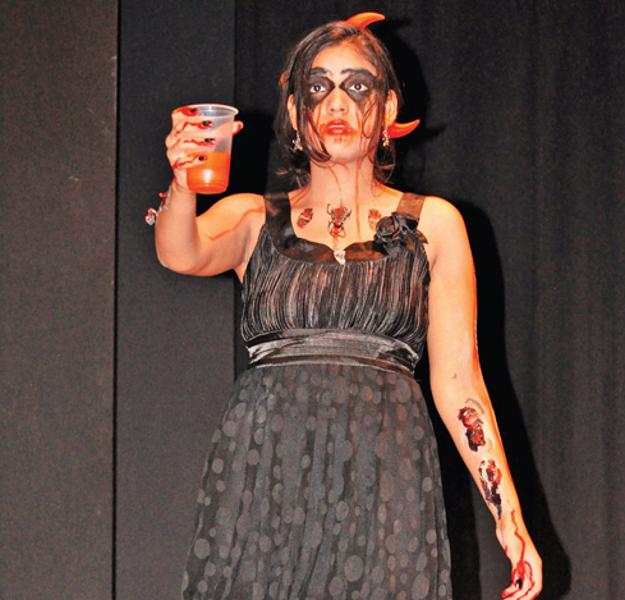



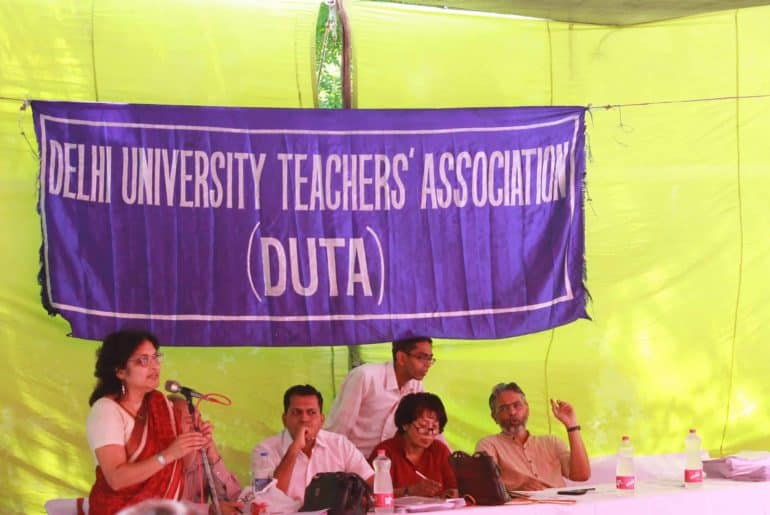
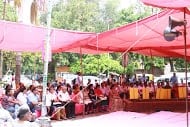 The meeting started with Nandita Narain, President of DUTA taking the stage. She began with a reference to the weather and said that “It is a good day today, it’s getting better, not just the weather of the day but the black clouds that surrounded us have also started to clear up”, The black clouds being an obvious reference to the Vice- Chancellor of Delhi University and his notoriously famous FYUP.
The meeting started with Nandita Narain, President of DUTA taking the stage. She began with a reference to the weather and said that “It is a good day today, it’s getting better, not just the weather of the day but the black clouds that surrounded us have also started to clear up”, The black clouds being an obvious reference to the Vice- Chancellor of Delhi University and his notoriously famous FYUP.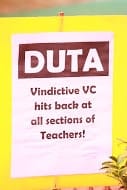
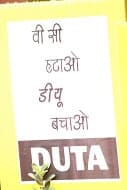 Others demands like Subversion of the Act, Statutes and Ordinances by the VC, Appointment and stability of teachers working on ad-hoc basis, Implementation of API made the list with the major issue of Removal of VC and to look into the White Paper issued by DUTA. The GBM was followed by a march to the VC’s office.
Picture Credits: Chirag Sharma for DU Beat]]>
Others demands like Subversion of the Act, Statutes and Ordinances by the VC, Appointment and stability of teachers working on ad-hoc basis, Implementation of API made the list with the major issue of Removal of VC and to look into the White Paper issued by DUTA. The GBM was followed by a march to the VC’s office.
Picture Credits: Chirag Sharma for DU Beat]]> 